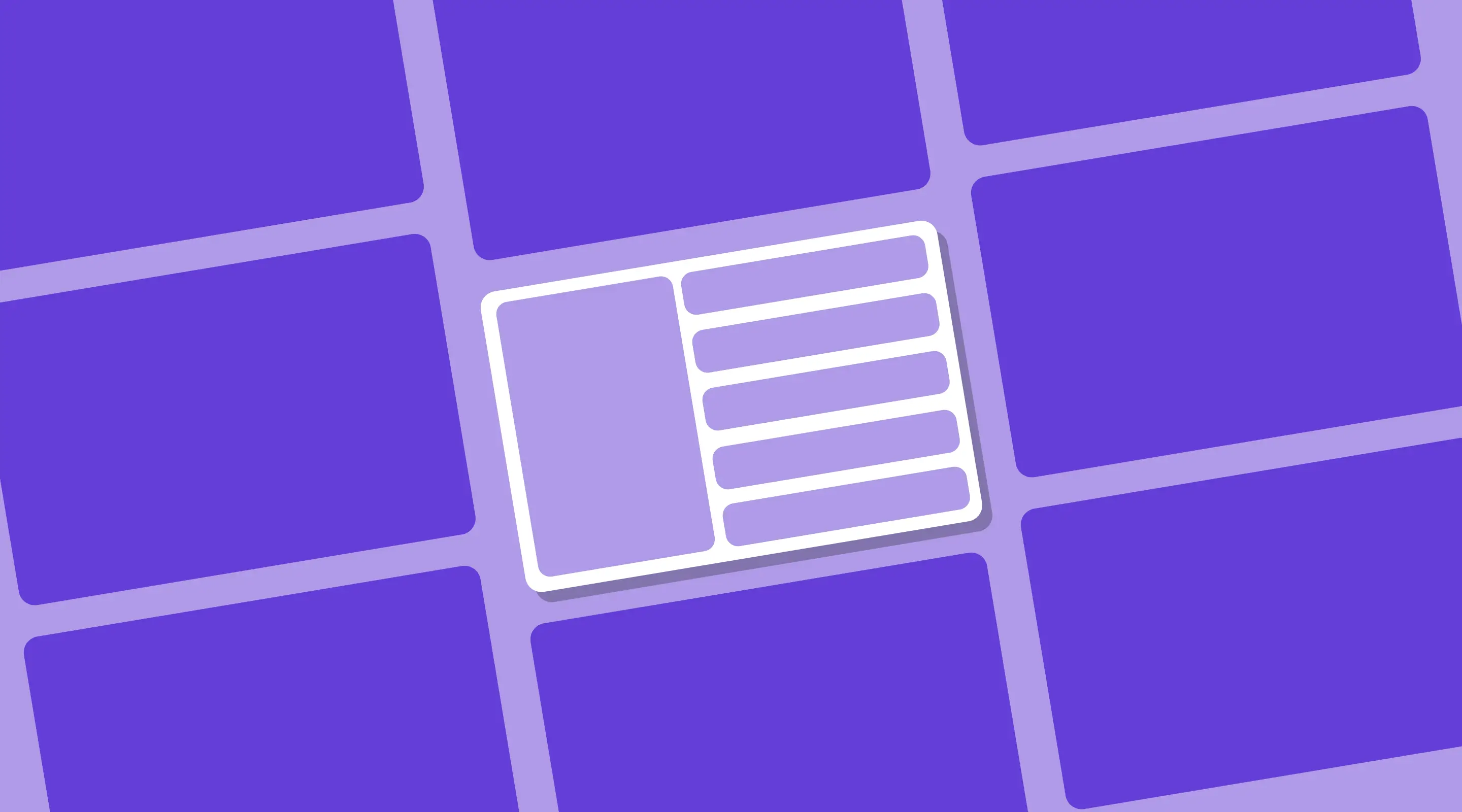Evaluative UX Research: Testing & Feedback for Smarter Web Design

Table of contents
User experience is not about assumptions. It’s about validation. Whether you're designing a Webflow site for a local SME or launching a mobile app in Singapore, evaluative UX research ensures that your product isn't just usable — it excels.
In this guide, we explore six essential evaluative UX methods: usability testing, A/B testing, card sorting, tree testing, eye-tracking/heatmaps, and click testing. You'll learn what they are, how to apply them, and how each can drive better outcomes for your web design projects.
What is Evaluative UX Research?
Evaluative UX research refers to methods used to test and validate design decisions based on real user feedback. It helps designers answer:
- Is the design intuitive?
- Can users achieve their goals without friction?
- Which design performs better?
Why It Matters in Singapore
In a multicultural, tech-savvy market like Singapore, where users navigate websites in multiple languages (English, Mandarin, Malay, Tamil), small UX missteps can cause big drop-offs. Evaluative testing ensures that navigation, readability, and interactions are optimised for our regional audience.
1. Usability Testing
Usability testing involves observing real users as they interact with your product to complete specific tasks. The goal? To identify pain points, uncover usability issues, and understand how intuitive your design truly is.
Why It Matters
Think of usability testing as a reality check for your design. No matter how polished your prototype looks, if users struggle to navigate it, your product won’t succeed. By watching users in action, you gain invaluable insights into where they get stuck, what confuses them, and what delights them.
How to Conduct Usability Testing
- Set clear goals: Define what you're testing — navigation, task completion, error rates?
- Recruit the right participants: Match your target audience.
- Create realistic scenarios: Ask users to complete tasks they would naturally do.
- Observe and document: Record interactions, struggles, and feedback.
- Analyse and iterate: Identify trends and refine your design.
Pro tip: Don’t just focus on what users do — pay attention to what they say. Their verbal feedback can reveal hidden frustrations and unmet needs.
2. A/B Testing
A/B testing, also known as split testing, involves comparing two versions of a design to see which one performs better. It’s a data-driven approach that helps you make informed decisions about your UX.
Why It Matters
A/B testing (or split testing is a quantitative method) used to compare two versions of a webpage, app screen, or CTA to determine which performs better. This method removes guesswork from design changes by providing concrete data.
How to Conduct A/B Testing
- Identify a hypothesis: Eg. "A red CTA button will get more clicks than a blue one."
- Create two variants: Version A (Control) vs Version B (Variation).
- Split your audience randomly: Use tools like Optibase.
Pro tip: Don’t stop at one test. Iterate and refine based on your findings to continuously improve your design.
3. Card Sorting
Card sorting is a method used to improve information architecture by asking users to group and categorise items. It’s particularly useful for designing intuitive navigation and menus.
Why It Matters
Card sorting helps improve website navigation and content organisation. By asking users to categorise content into groups that make sense to them, designers can refine site structures and menu layouts.
How to Conduct Card Sorting
- Choose open or closed sorting: Open sorting lets users create their own categories, while closed sorting provides predefined categories
- Recruit participants: Ensure they match your target audience.
- Analyse results: Look for common patterns in how users group content.
- Refine navigation: Apply insights to menu structures and page hierarchy.
Pro tip: Combine card sorting with other methods like tree testing to validate your findings and ensure your navigation is user-friendly.
4. Tree Testing
Tree testing is a method for evaluating the effectiveness of your navigation structure. Users are asked to find specific content using only the menu or hierarchy, without any visual design elements.
Why It Matters
Tree testing validates whether a website’s navigation structure is intuitive. Unlike card sorting (which builds navigation), tree testing evaluates an existing structure by asking users to find specific content within a text-based hierarchy.
How to Conduct Tree Testing
- Create a clickable text-based tree: No visual design distractions
- Ask users to locate items: Eg. "Where would you find the return policy?"
- Measure success rates: Track correct vs incorrect answers and time taken.
- Refine navigation based on data: Adjust menu structures as needed.
Pro tip: Use tree testing early in the design process to catch navigation issues before they become costly problems.
5. Eye Tracking & Heatmaps
Eye tracking and heatmaps use technology to analyse where users look and click on a screen. Heatmaps visualise areas of high and low engagement, while eye tracking provides precise data on gaze patterns.
Why It Matters
Eye tracking and heatmaps provide visual data on how users interact with a webpage. These methods reveal where users focus their attention, where they scroll, and what they ignore.
How to Use Eye Tracking & Heatmaps
- Use heatmaps to see where users click, scroll, and hover.
- Eye tracking tools track real-time gaze movements.
- Identify UX issues: If users ignore key CTAs, consider redesigning them.
- Optimise content placements: Ensure crucial information is in high-attention zones.
Pro tip: Combine eye tracking with usability testing for a more comprehensive understanding of user behaviour.
6. Click Testing
Click testing involves capturing where users click on a design to understand their engagement and interaction patterns. It’s particularly useful for testing calls-to-action, buttons, and links.
Why It Matters
Click testing captures where users expect to click before a page goes live. This method helps refine button placement, link positioning, and call-to-action clarity.
How to Conduct Click Testing
- Show users a static design: No interactive elements.
- Ask them to click where they expect a feature: Eg. "Where would you click to contact customer support?"
- Analyse click patterns: If users misclick, adjust the layout.
- Test iteratively: Refine designs based on findings.
Pro tip: Don’t just focus on clicks — consider the context. Are users clicking because they’re engaged, or because they’re confused?
Putting it All Together: The Power of Evaluative Research
Design isn’t a one-time effort—it’s an ongoing process of refinement. Evaluative UX research helps ensure that digital products are intuitive, user-friendly, and high-performing.
- Use usability tesing to identify friction points.
- Leverage A/B testing for data-driven design choices.
- Optimise navigation with card sorting and tree testing.
- Analyse visual behaviour using eye tracking and heatmaps.
- Refine engagement with click testing
Frequently Asked Questions (FAQ)
What is the difference between formative and evaluative UX research?
Formative research happens before design, to explore problems. Evaluative research happens after design, to test effectiveness.
How much does usability testing cost in Singapore?
Depending on scale, sessions can range from SGD 500 to SGD 5,000, factoring in recruitment, tools, and researcher fees.
Can I do click testing without a developer?
Yes! Use tools like Maze or UsabilityHub with your Figma or Webflow prototypes.
Is A/B testing legal for government or healthcare sites?
It is, but must comply with PDPA and ensure transparency if personal data is involved.
Can I use these methods on a Webflow site?
Absolutely. Webflow works well with tools like Hotjar, Maze, and A/B testing via Optibase.
Conclusion
If you’re ready to take your UX design to the next level, start by incorporating these evaluative research methods into your process. Whether you’re optimising a website, app, or product, the insights you gain will be invaluable.
By embracing evaluative research, you’re not just designing for users — you’re designing with them. And that’s the key to creating products that people love.
At ALF Design Group, we specialise in research-driven UX/UI design and Webflow development. Whether you need usability testing, A/B testing, or a full website audit, we’ve got you covered. Get in touch today and let’s make your digital experience seamless!
{{build-better-experience="/directory"}}
Related Articles

UX Design Process: Build Better User Experiences
Discover ALF Design Group’s UX design process — from research to prototyping — and learn how to build user-first websites that convert.

Steps To Designing A Website
Discover the latest steps to designing a website in 2025 using Webflow, Figma, and modern UX principles. A must-read for designers and agencies in Singapore.

Improve Website Accessibility Without Compromising Design
An in-depth guide to accessible web design that blends form, function, and compliance.
Launch Your Next Website.
Ready to elevate your online presence with a trusted web design agency in Singapore?


.webp)